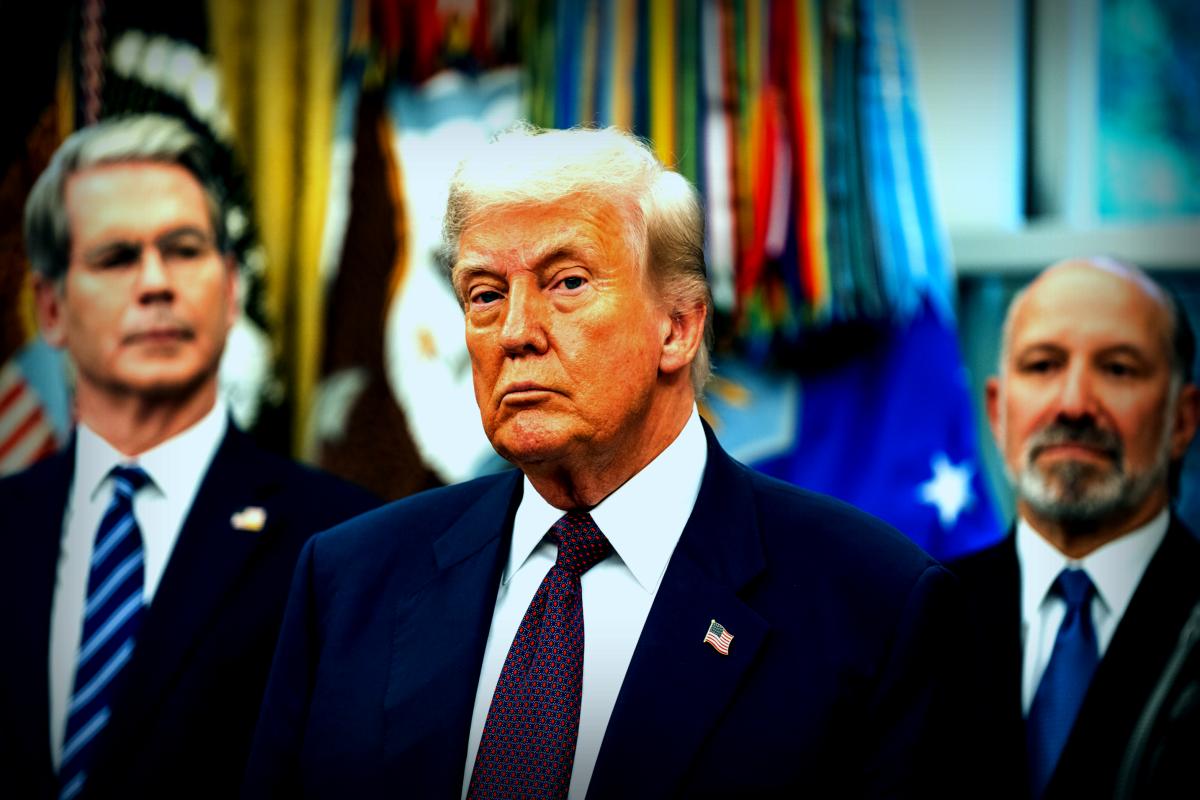So, Donald Trump’s tariffs have officially kicked in! As of Thursday, the landscape of global trade might be shifting, bringing along with it some new costs for American companies and consumers.
But here’s the kicker: these tariffs could rake in a huge amount of cash for the government, claims some officials.
Republicans in D.C. are crossing their fingers that the money from these tariffs will help counterbalance new tax regulations, which are predicted to push our national debt up by over $3.4 trillion in the coming decade.
Let’s break down how these tariffs generate revenue and who ends up footing the bill.
How Much Cash Are We Talking About?
According to Commerce Secretary Howard Lutnick, the latest taxes on imports could bring in a staggering $50 billion each month. Just last month, the tariffs that were already in place netted around $30 billion.
With additional tariffs on items like semiconductors and drugs looming on the horizon, Lutnick suggests that total earnings might skyrocket to $1 trillion.
“Those are some impressive figures,” he remarked. “It’s clear that to thrive, you must cater to the American consumer. The U.S. consumer wields potentially the biggest influence on the world economy, and Trump is channeling that to benefit the American populace.”
From late June, Customs and Border Protection, which is the agency responsible for collecting this tariff cash, noted it had already totaled $81.5 billion in revenue since Trump stepped into office. Much of that money is from importing companies — and guess what? Those costs often trickle down to everyday Americans.
So, Who Actually Gets This Money?
Typically, it’s the companies importing goods who end up paying the tariffs, which Customs and Border Protection collects as products arrive in the U.S.
Where does this money go? It flows into the government’s general fund, which Congress decides how to spend.
Both Trump and many Republicans have implied that these tariff revenues are mainly aimed at chipping away at the nation’s $1.3 trillion deficit. There’s even been talk about giving rebate checks to Americans using tariffs money — but that would require Congress to pass a bill first.
Have We Done This Before?
The tariffs we’re looking at under the Trump administration are the steepest the U.S. has implemented since the Great Depression.
Back in 1930, during an economic crisis, Congress passed the Smoot-Hawley Tariff Act, slapping high tariffs on thousands of products to shield American industries.
This move led to pushback from other nations and a slowdown in global trade. Fast forward to 1932 — former President Franklin Delano Roosevelt campaigned on slashing tariffs, and by 1934, Congress granted him more authority to negotiate international tariff agreements.




















